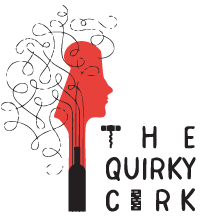Telavi Marani Rkatsiteli 2013
The Telavi Marani Rkatsiteli was another great find at Rind. I’m seeing Georgian wine in more and more shops here in Istanbul. However Rind (Kadıköy) has by far the best prices. For this bottle I paid only 39 TL; an unheard of low price for an import! Rkatsi-what? Rkatsiteli is the most ubiquitous of white Georgian grapes. It also has the scariest name for foreigners. Vintners use it to make all styles of wine: steel tank, oaked, or as an amber wine made in qvevri. It can also be made into sweet or fortified wines but I’ve not run across any of those. Native to Imereti, Rkatsiteli is grown widely across
Read More













